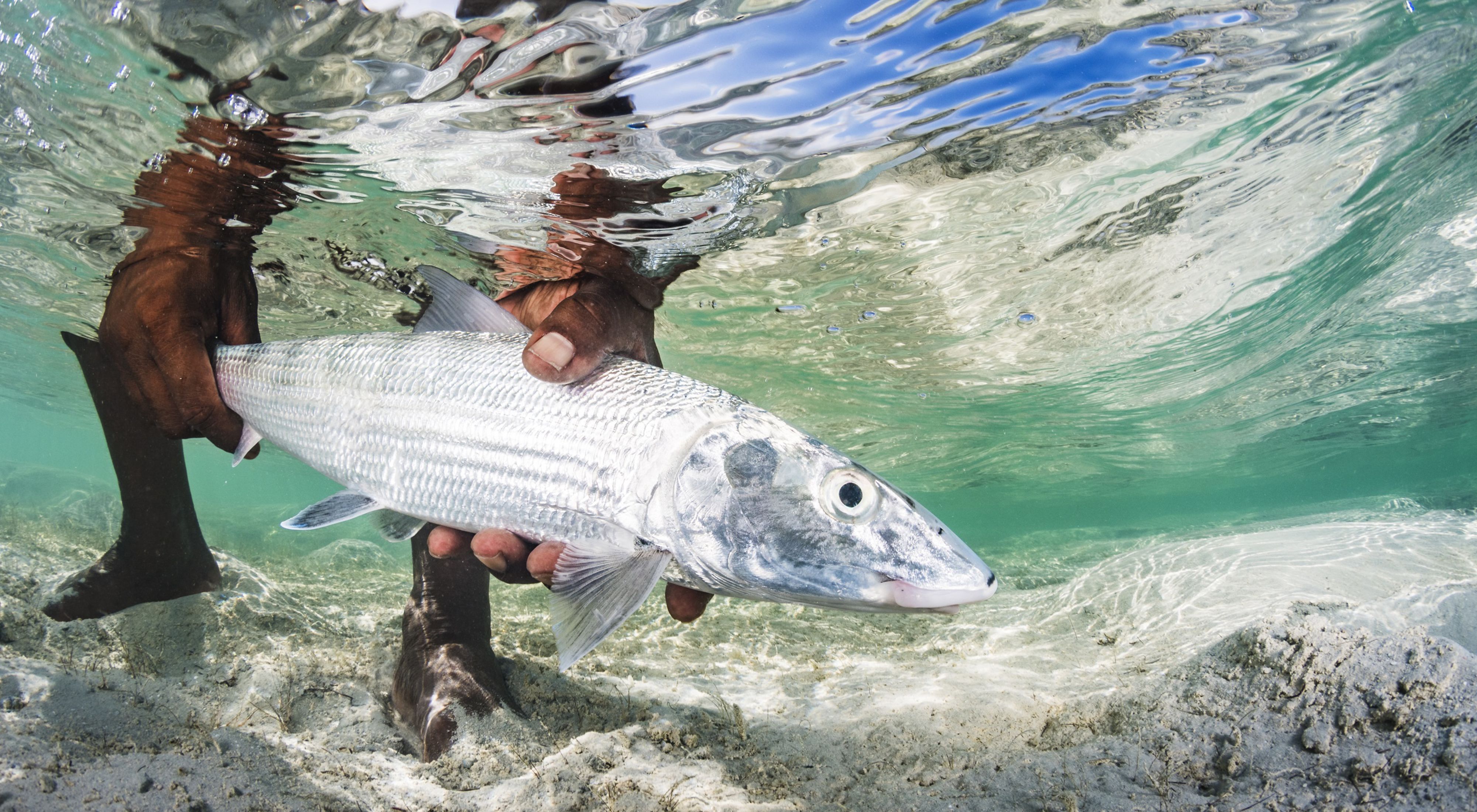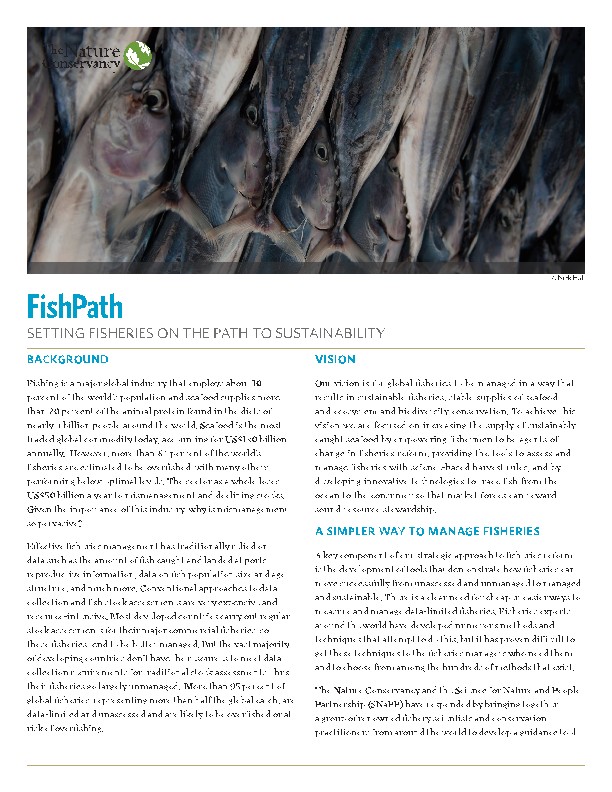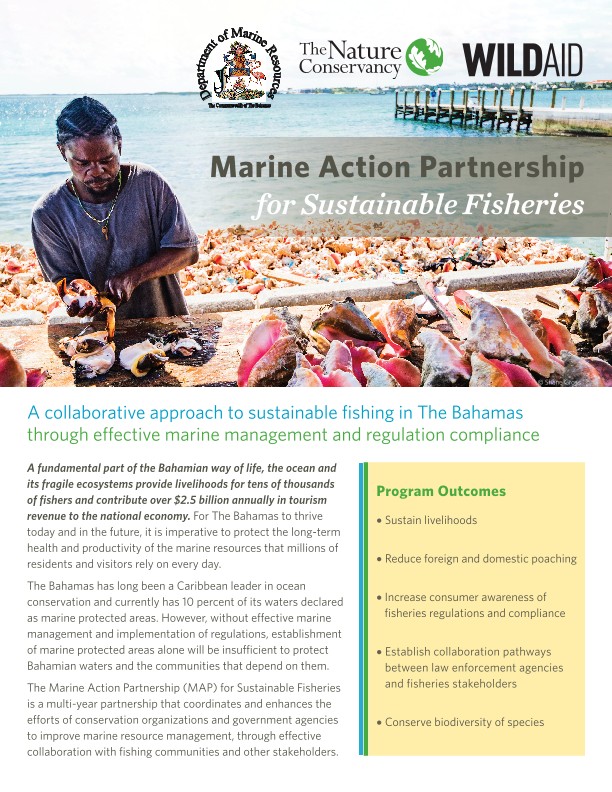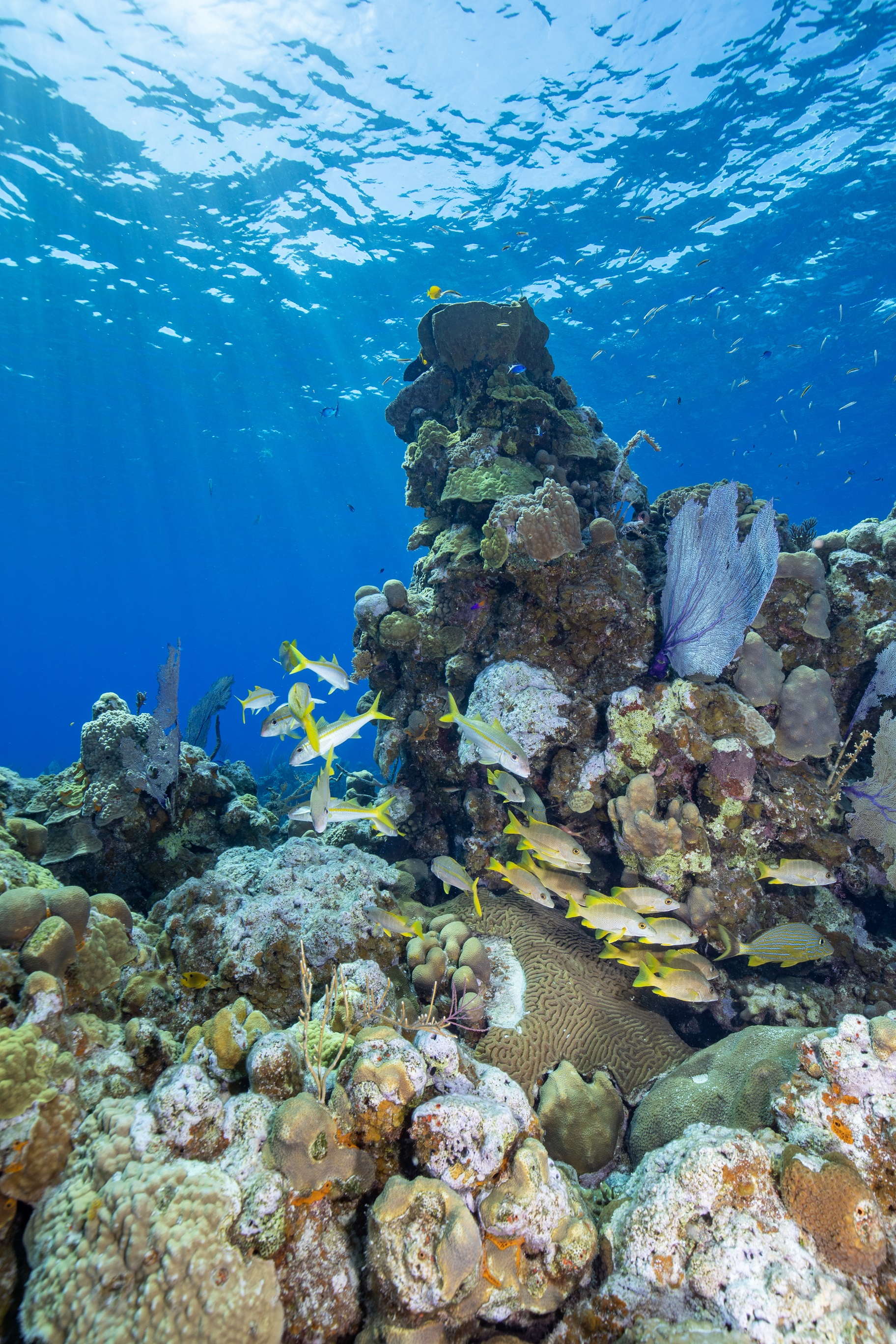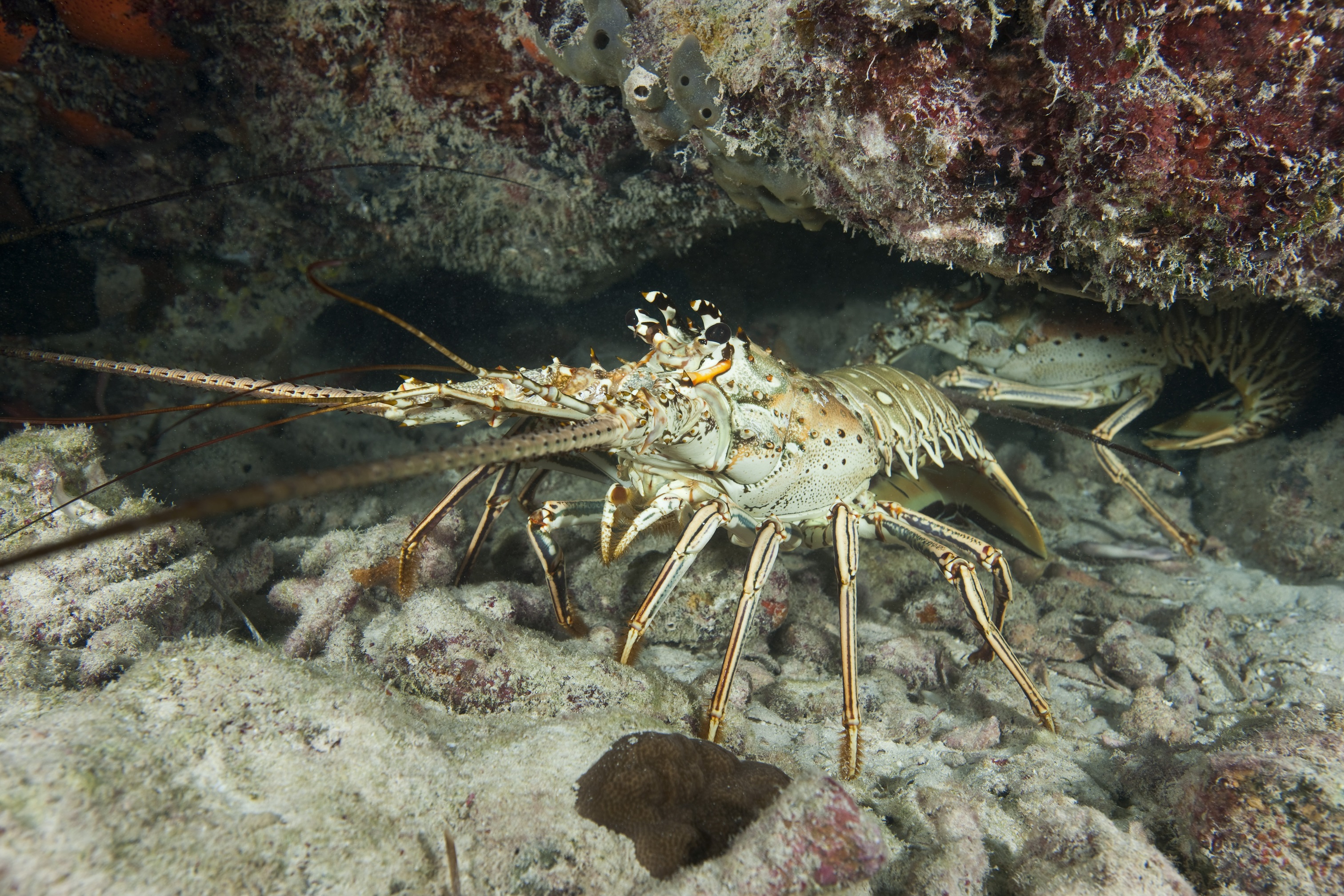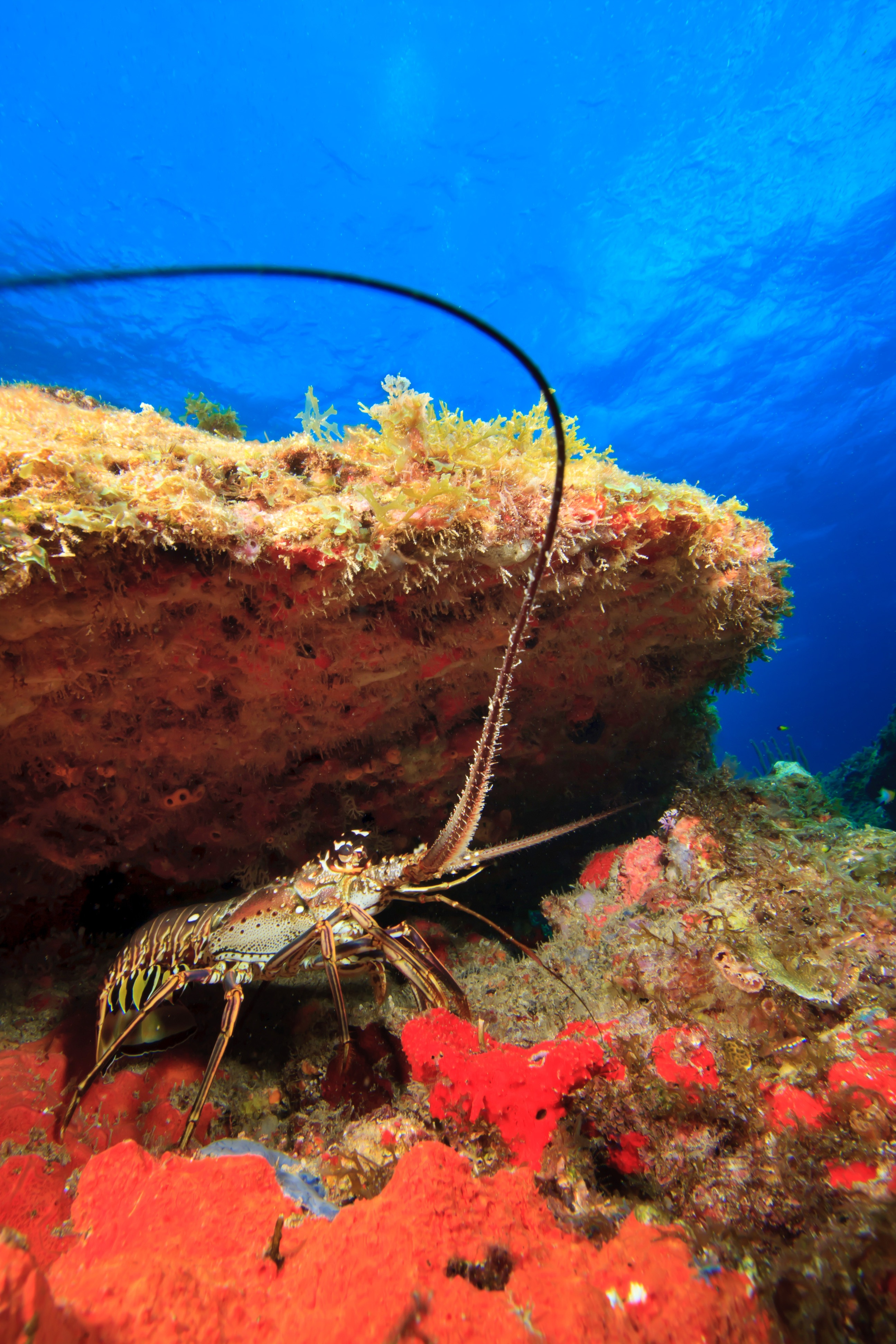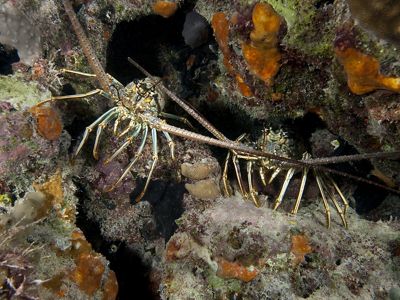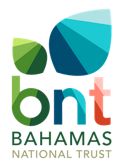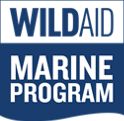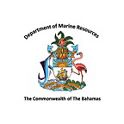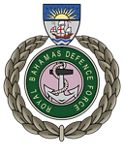Sustainable Fisheries in The Bahamas
Promoting sustainable fisheries practices for community livelihoods and healthy marine ecosystems.
Advocate for Fisheries Sustainable Financing
The island nation of The Bahamas is home to the Caribbean’s largest area of productive shallow water, which holds thriving coral reef ecosystems and unique species of fish, sharks, and marine mammals. These areas support one of the world’s major spiny lobster fisheries and the most important remaining fisheries for Queen Conch and Nassau Grouper in the entire Caribbean.
The Queen Conch fishery alone employs more than 9,000 Bahamian fishers and contributes an estimated US$3-4 million annually to the country’s economy. However, these fisheries are facing significant declines as a result of overfishing, illegal fishing, habitat degradation, and a lack of data and capacity to effectively manage fishery resources—all of which are exacerbated by climate change. In the face of these challenges, The Nature Conservancy has been working across The Bahamas in key fisheries, such as Spiny Lobster and Queen Conch and directly collaborating with local fishing communities to enhance the voices of fishers in decision-making and ensure support for fisheries regulations.
Objectives
- Build Capacity of Marine and Fisheries Enforcement
- Build Compliance to combat IUU fishing
- Strengthen Fisheries Policy
- Pilot Data Modernization Techniques
- Advocate for Fisheries Sustainable Financing
- Pilot solutions for fishing community’s sustainable livlihoods
Our Current Work/Projects
Development of an Adaptive Queen Conch Management Plan
Although Queen Conch is one of the most economically and culturally valuable fisheries in the country, it currently operates with no management plan and very little understanding of the status of the resource, putting the entire fishery and fishing community livelihoods at risk. Over the past three years using the FishPath process and tool, The Nature Conservancy has advanced the understanding of the condition of the data-limited queen conch fishery, run data analyses, engaged fishers in understanding the options for management, involved fishers in data collection to gain buy-in for management measures, and worked closely with government fisheries agencies to set all the pieces in place for a comprehensive Queen Conch management plan.
Under this project, we will focus on integrating fisher and other stakeholder input into a draft Adaptive Queen Conch Management Plan, prior to working with DMR to get formal community input and then finalize it for implementation at national level, in alignment with the Fisheries Act. This would be the very first management plan for conch in the country’s history. The key result will be a Queen Conch Management Plan that applies nationwide across the entire Bahamas and positively impacts all conch harvests across the country.
This work is made possible by funding from The Vibrant Oceans Initiative and The Connery Foundation.
Quote: Natalie Miaoulis
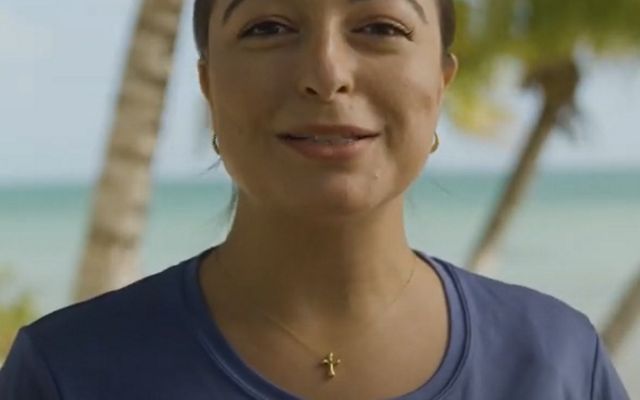
We hope that in executing these engagements, The Bahamas can be an example of how communities, researchers, and government can come together to work toward sustainable fisheries. Not just here in The Bahamas, but worldwide.
Expand the use of FishPath
From lessons learned during the implementation of FishPath for Queen Conch and other fisheries around the world, we have developed a suite of tools/apps that makes it easier for stakeholders to develop fisheries management actions (e.g., size limits, bag limits etc.). The Nature Conservancy is implementing the FishPath process with fisheries stakeholders, local communities, and The Bahamas Department of Marine Resources to help determine the most viable management and monitorin options for snapper and grouper species. The key result will be a science-based Action Plan for the Snapper and Grouper fisheries that can be implemented and used as the foundation for a formal Management Plan in collaboration with DMR.
This work is made possible by funding from The Vibrant Oceans Initiative, The Connery Foundation, and The Builders Initiative.
Download
Setting fisheries in The Bahamas and around the world on a path toward sustainability
DOWNLOAD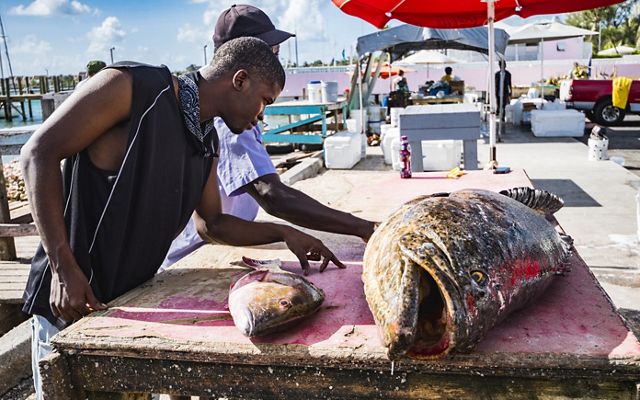
Economic Impact Assessment of fishing industry and Impact of IUU fishing on the Bahamian economy
The Nature Conservancy (TNC) commissioned the updated assesment of the economic impact of current recreational and commercial fishing in The Bahamas and the assessment of the economic impact from illegal, unreported and unregulated (IUU) that occurs within The Bahamas Exclusive Economic Zone (EEZ). It is hoped that this picture of the value chain and subsequent calculations of the economic harm that IUU fishing has on the Bahamian economy can be used to advocate for better monitoring, control and surveillance measures to enhance sustainability and advocate for the increased fiscal support to the Ministry of Agriculture and the Department of Marine Resources for the management and monitoring of marine resources.
Including both recreational and commercial fishing in the economic impact total shows fishing supports 26,917 jobs and generates $544.2 million in income, $1.2 billion in value-added (contribution to GDP) and $2.2 billion in total sales. Of this total commercial fishing contributes 5.1% and recreational fishing contributes 14.9% to Bahamian GDP. Combined across both sectors, the entire fisheries value chain contributes 20% to the Bahamian GDP.
Illegal, unreported and unregulated fishing (IUU) is much more than just fish stolen by foreign nationals. It includes legal catches that go unreported, including recreational fishing and subsistence fishing in The Bahamas case, and harvests that are unregulated. IUU does harm to the stocks and to Bahamian livelihoods. When fish are removed outside of any harvest control rules or other management measures, they deplete the stocks and impinge future productivity (MRGA 2008 among others). The analysis estimates spiny lobster IUU harvests at 4.1 million pounds of tails. The two largest of these categories were IUU l harvests by foreign vessels and Bahamians, respectively, totaling 2.7 million pounds of tails worth $45.1 million dollars. If those two highest categories of IUU landings were landed in The Bahamas legally, they would support 1,523 jobs and increase GDP by an additional $65.4 million.
This work is made possible by funding from The Vibrant Oceans Initiative and The Builders Initiative.
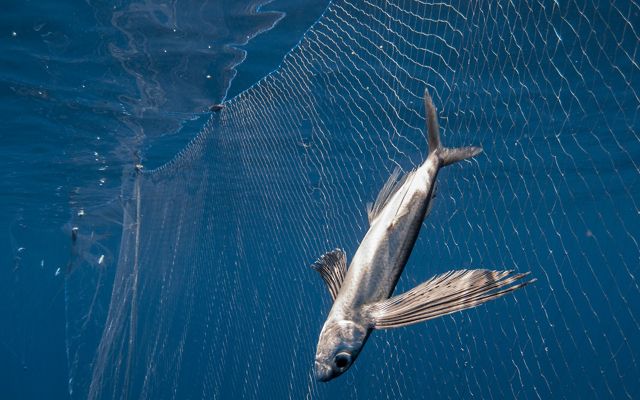
Marine Action Partnership ( MAP)
In The Bahamas today, illegal, unregulated and unreported (IUU) fishing, including foreign and domestic poaching, are widespread and pose a myriad of threats to the ocean, the fishing industry and communities throughout the country. Not only are livelihoods, households and local economies put at risk, but a decline in marine species populations threatens the balance necessary for the survival of ecosystems such as coral reefs. The MAP for Sustainable Fisheries is a collaborative multiyear and multiagency approach to improve the capacity for marine enforcement in the country. Partners of the MAP include The Bahamas Department of Marine Resources, The Ministry of Agriculture and Maine Resources, The Ministry of National Security, The Royal Bahamas Police force, Customs, Immigration, The Royal Bahamas Defense Force, WildAid, The National Fishers Association and other fishing associations.
This work is made possible by funding from The Vibrant Oceans Initiative.
Download
A collaborative approach to sustainable fishing in The Bahamas through marine management and regulation compliance
DOWNLOADSustainable Livelihoods
In partnership with local communities The Nature Conservancy seeks to assess the viability of new and emerging fisheries to aid in sustainable fisheries and livelihoods. This initiative also seeks to work with local communities in and near MPA’s to assess opportunities for sustainable employment and blue economy enterprises.
This work is made possible by funding from The Builders Initiative.
Past Projects
Sustainable Fisheries: Key Accomplishments
2008-2019
TNC in The Bahamas has had some significant accomplishments regarding establishing more sustainable fisheries in the region
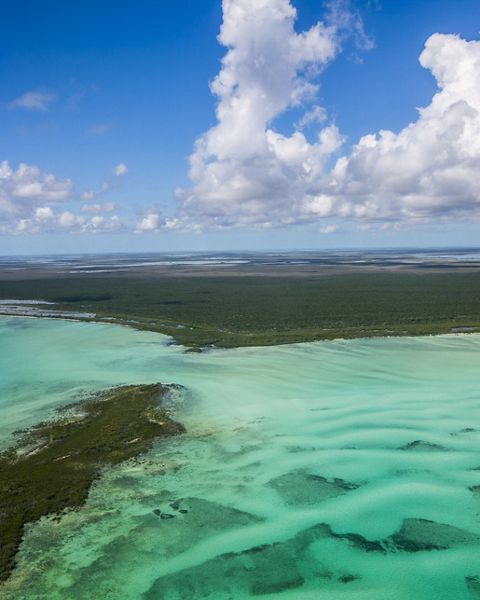
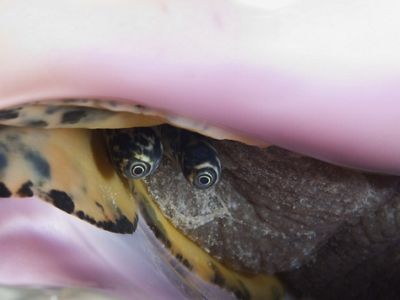
- Filled baseline data gap needs for Queen Conch management
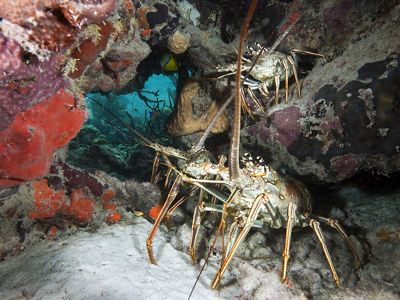
- Harvest control rule for Spiny Lobster adopted - Spiny Lobster fishery management plan created - Achieved international MSC certification for Spiny Lobster fishery
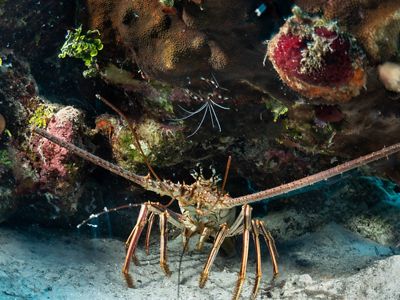
- Improved documentation and traceability of lobster at major processing plants - Minister responsible for marine resources is actively engaged with TNC
